Imagine that there is a technology that we discovered centuries ago and billions of dollars are poured into research in order to take advantage of it but have not We only move a few steps towards controlling it. It's the batteries, gentlemen, that can change the way we use different devices, from electrical tools, toys, and laptops, to medical devices and spacecraft. But this situation may change in the coming years, and recent research may be considered a long-awaited revolutionary technology, and when it spreads, the world may change for the better and more importantly, it will wean us from the fossil fuels that destroyed our world.
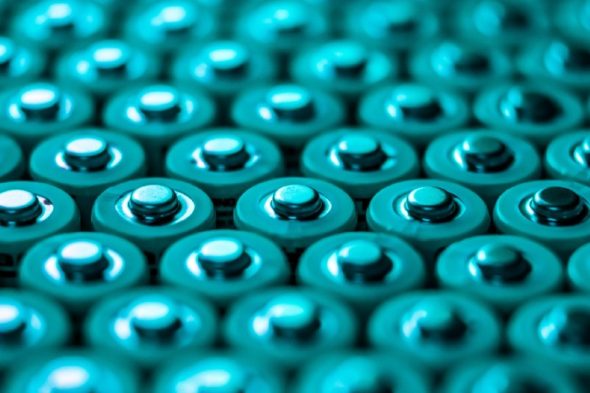
the battery

Batteries are devices capable of storing chemical energy and converting it into electrical energy through a discharge, and it consists of four main parts: the cathode, connected to the positive terminal, the anode, connected to the negative terminal, a substance containing free ions that form a medium that conducts electricity (electrolyte), and the separator or insulator.
The cathode and the anode are the electrodes, and in order for an electric current to occur, the electrons must move from one electrode to another, in this case, the electrons are passed from the negative electrode to the positive electrode, so the role of the two electrodes is to produce electric current, allowing electrolyte By flowing positive ions between the electrodes and balancing the flow of electrons, the separator keeps the electrodes away and prevents any electrical contact or problems that may occur in the circuit.
solid state battery
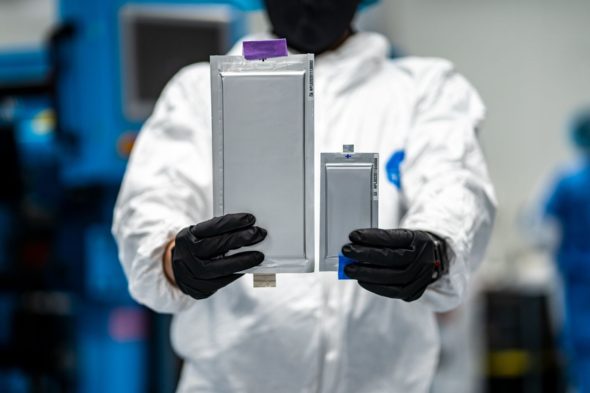
There is one important difference between liquid-state batteries such as the lithium batteries that we currently use in most of our devices and solid-state batteries that are currently being intensively developed, which is (the substance that contains free ions and constitutes an electrically conducting medium) where liquid batteries contain a liquid electrolyte, and allow Some compounds in the liquid electrolyte cause crystal growth known as dendrites, and overcharging can lead to crystals accumulating on the anode and then contacting the cathode, which consequently leads to dangerous explosions, unlike solid-state batteries that we currently use, which include a solid-type electrolyte, which prevents the growth of These harmful dendrites as the solid battery has higher energy density, lower fire and explosion hazards, takes up less space and is able to operate in different temperatures without any problem.
Solid battery technology development
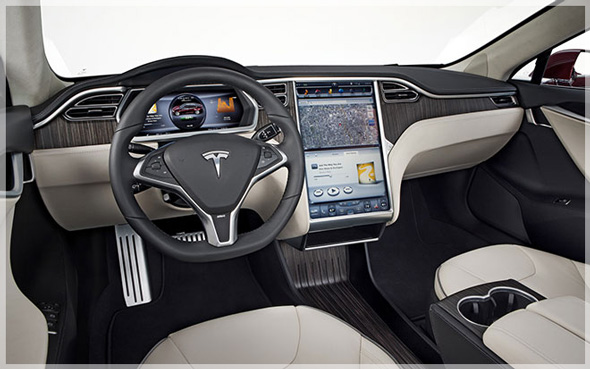
Most car companies seek to switch to electric cars, and they are the biggest beneficiary of the development of solid battery technology. The battery is considered the weak point of electric cars because it makes its operational range short compared to traditional cars, which has a range that is many times what electric cars can reach, and the average range of an electric car is from 250 to 300 miles (402 to 483 km) on a full charge and it takes 17 to 450 hours to fully charge a car depending on whether the car is being charged at a station or uses an outlet at home, however, the popularity of electric vehicles is expected to continue to grow to eventually dominate. On the automotive sector but to dominate the market, electric cars need to extend their range to at least 724 miles (XNUMX km) and remain affordable to the consumer.
That's why Volkswagen, Ford, BMW, Hyundai, Toyota and even Microsoft founder Bill Gates have invested billions of dollars in research to develop solid battery, and the Bill Gates-backed company known as QuantumScape manufactures solid batteries with ceramic layers capable of operating at different temperatures, while Toyota intends to launch Limited number of cars with solid-state batteries by 2025.

In addition, the Nobel Prize-winning physicist and inventor of the lithium battery and memory used in computers, “John GoodenoughA patent for a solid glass-ceramic battery that is stable, non-flammable, provides faster charging and can store three times more energy than the known lithium-ion battery. This was achieved by adding sodium or lithium to form an electrode in the battery and most importantly, it is affordable and can last for more It has 2000 charge and discharge cycles and operates in a temperature range between -4°F and 140°F (-20°C and 60°C).
Samsung works on solid batteries
If we look at the developments that Achieved by Samsung In the field of solid-state batteries, we believe they are able to develop a battery that can be charged and discharged more than 1000 times with a range of 500 miles (805 km) per charge, with a lifespan of 500000 miles, all while being able to operate efficiently in extreme temperatures.
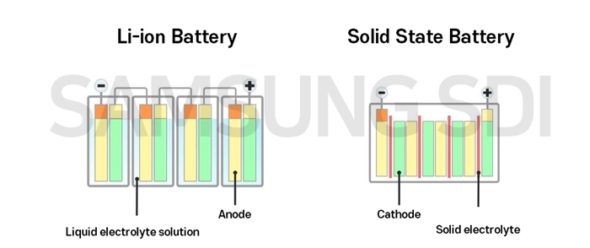
Finally, the major companies are cooperating in the field of research and development so that the solid-state battery is within our reach, and we may see it in several years from now but when it appears, it will revolutionize everything because it is not only reliable in electric cars, but will be in everything starting From medical devices, smartphones, and even spacecraft.
Source:
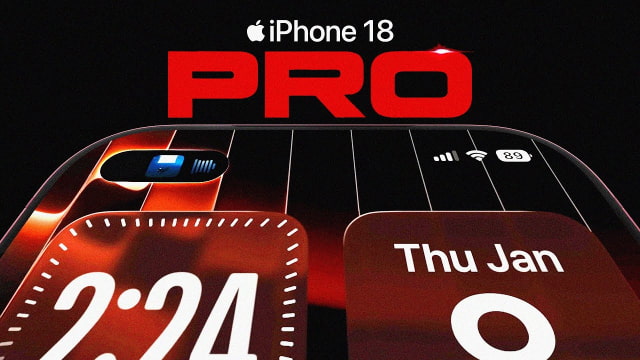

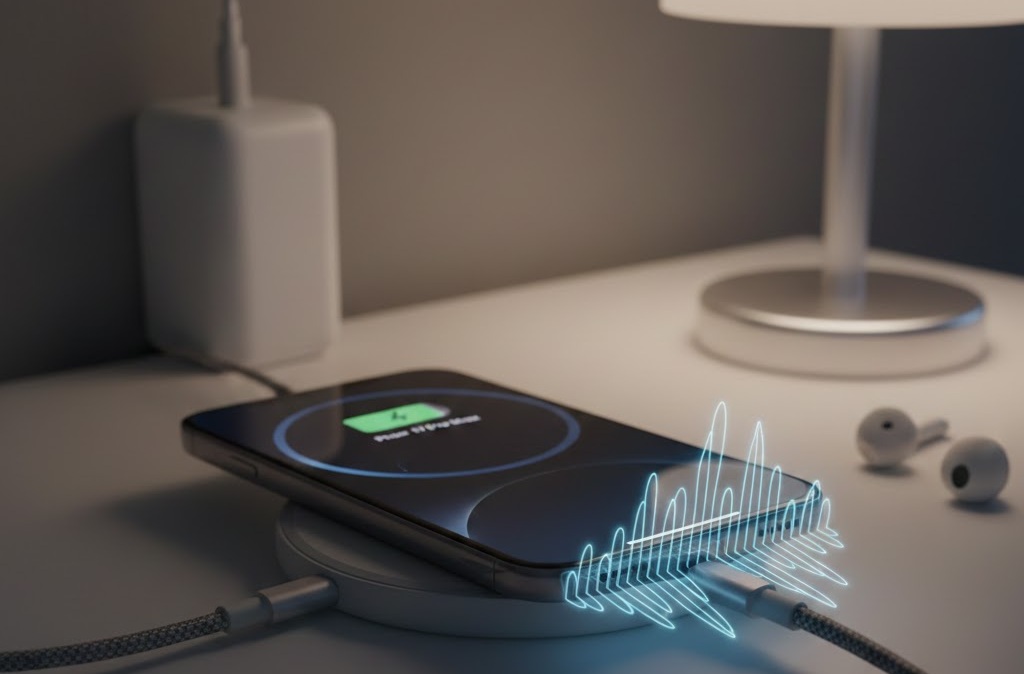
14 comment